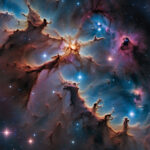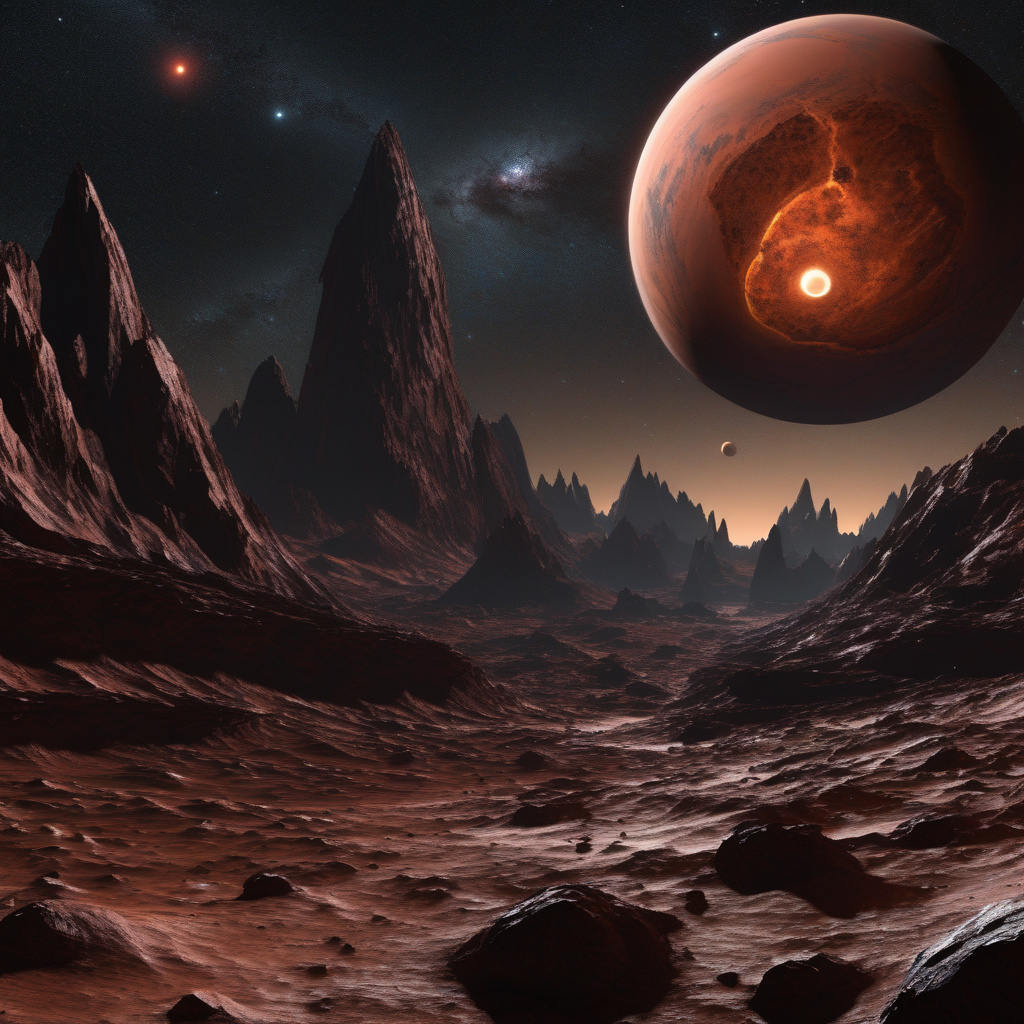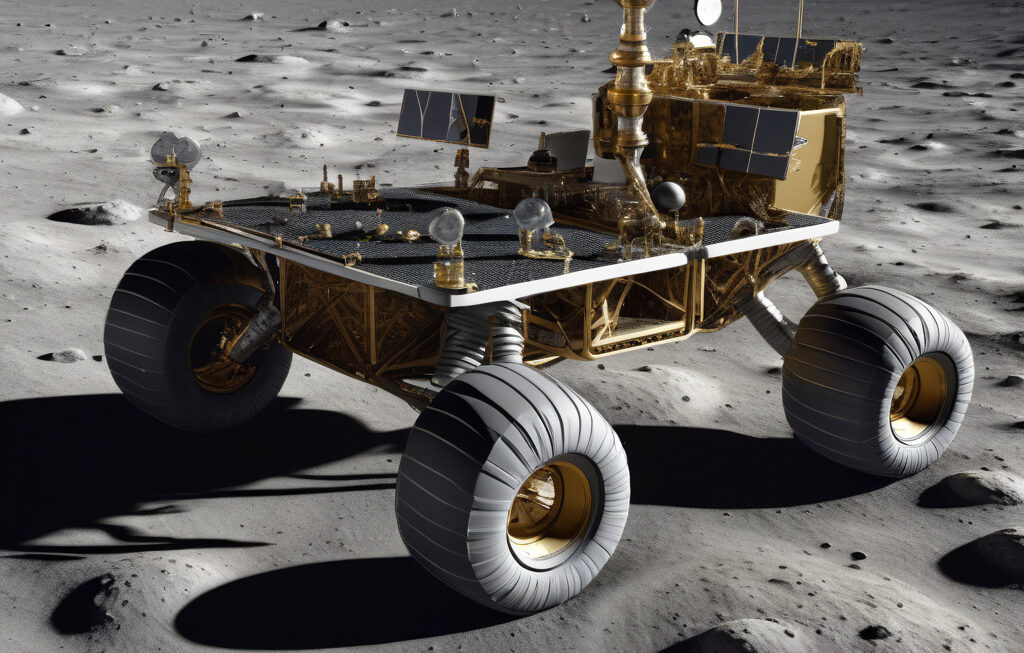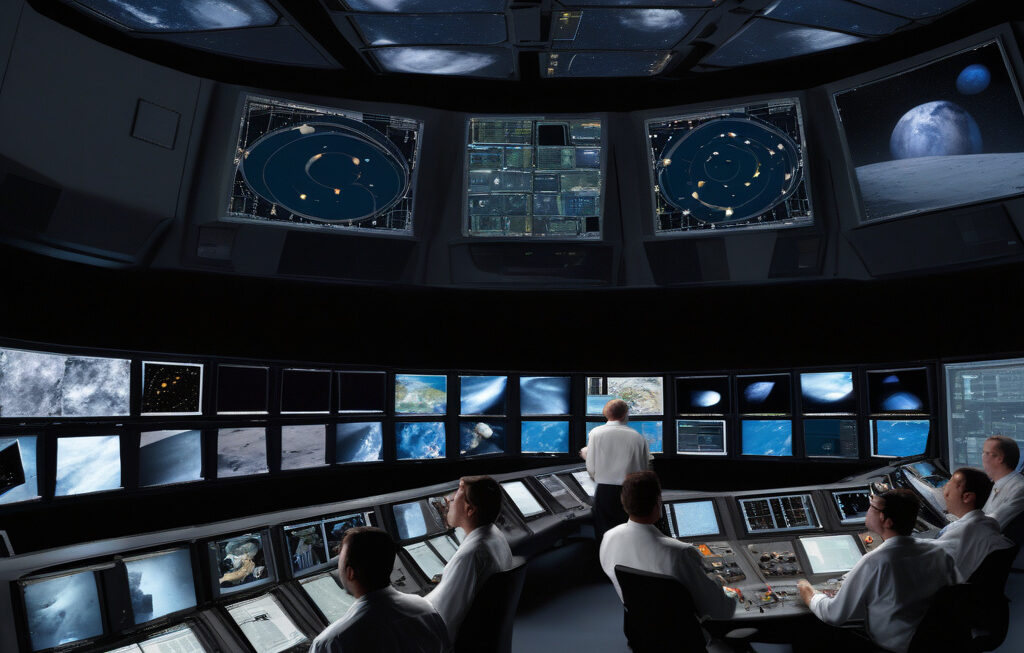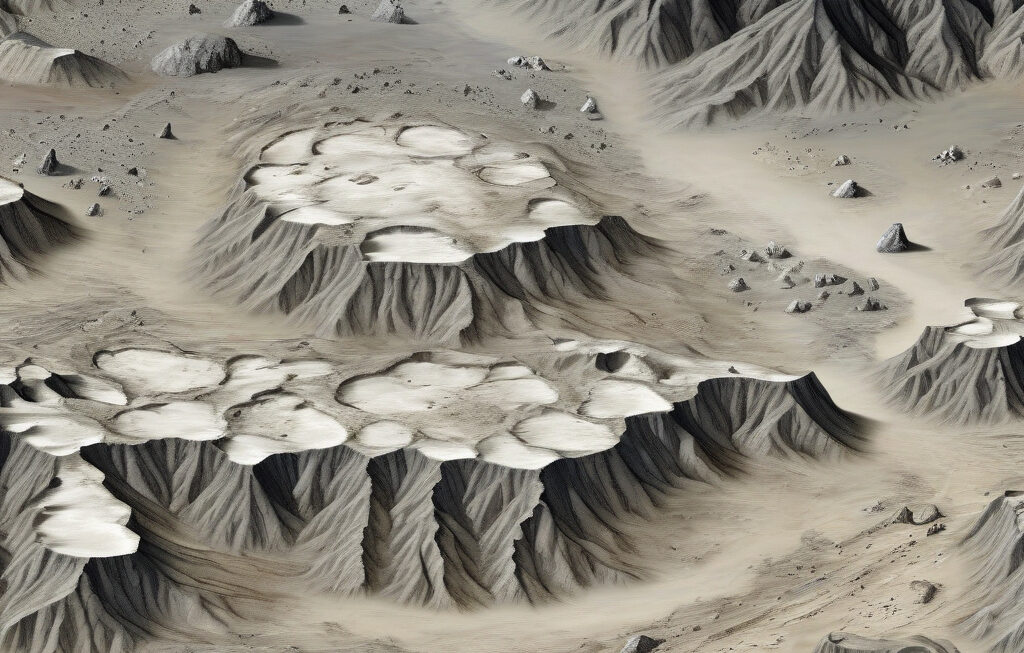Doubts Cast on Hope of Alien Life on Exoplanet K2-18b as Case for Biosignatures Weakens
A growing number of studies have cast doubt on earlier claims about signs of life on exoplanet K2-18b, challenging the hope of discovering alien life beyond our solar system. Initially hailed as a potential hotspot for extraterrestrial life due to its location in the habitable zone of its star and the presence of water vapor in its atmosphere, recent research has raised questions about the validity of these assumptions.
The excitement surrounding exoplanet K2-18b stemmed from the detection of water vapor in its atmosphere, a key ingredient for life as we know it. However, subsequent studies have highlighted the complexities of interpreting this data. Researchers have pointed out that while the presence of water vapor is a promising sign, it is not a definitive indicator of life. Various non-biological processes could also explain the observed signatures, casting doubt on the initial interpretation.
Moreover, the case for biosignatures on exoplanet K2-18b has weakened with the discovery of alternative explanations for the observed phenomena. For instance, recent studies have suggested that the water vapor detected in the planet’s atmosphere could be the result of other atmospheric processes rather than biological activity. This underscores the challenges of identifying true biosignatures and distinguishing them from false positives in the search for extraterrestrial life.
The debate over the potential habitability of exoplanet K2-18b highlights the complexities and uncertainties inherent in astrobiology. While the discovery of a potentially habitable exoplanet is a significant milestone in the search for alien life, it also underscores the importance of approaching such claims with caution and skepticism. The field of astrobiology requires rigorous scrutiny and robust evidence to support extraordinary claims, especially when it comes to detecting signs of life on distant worlds.
As researchers continue to study exoplanet K2-18b and other potentially habitable worlds, the focus is shifting towards refining our methods for detecting biosignatures and differentiating them from abiotic processes. Advances in technology and observational techniques offer new opportunities to explore the mysteries of the cosmos and search for life beyond Earth. By leveraging these tools effectively, scientists hope to overcome the current challenges and make significant strides in our quest to unravel the enigma of alien life.
While the hope of finding extraterrestrial life on exoplanet K2-18b may have dimmed in light of recent studies, the search for life beyond our solar system continues unabated. Each new discovery and setback brings us closer to understanding the potential for life elsewhere in the universe. As we navigate the uncertainties and complexities of astrobiology, one thing remains clear: the quest for alien life is a journey that fuels scientific curiosity and drives innovation in our exploration of the cosmos.
exoplanet, alien life, biosignatures, astrobiology, habitability


